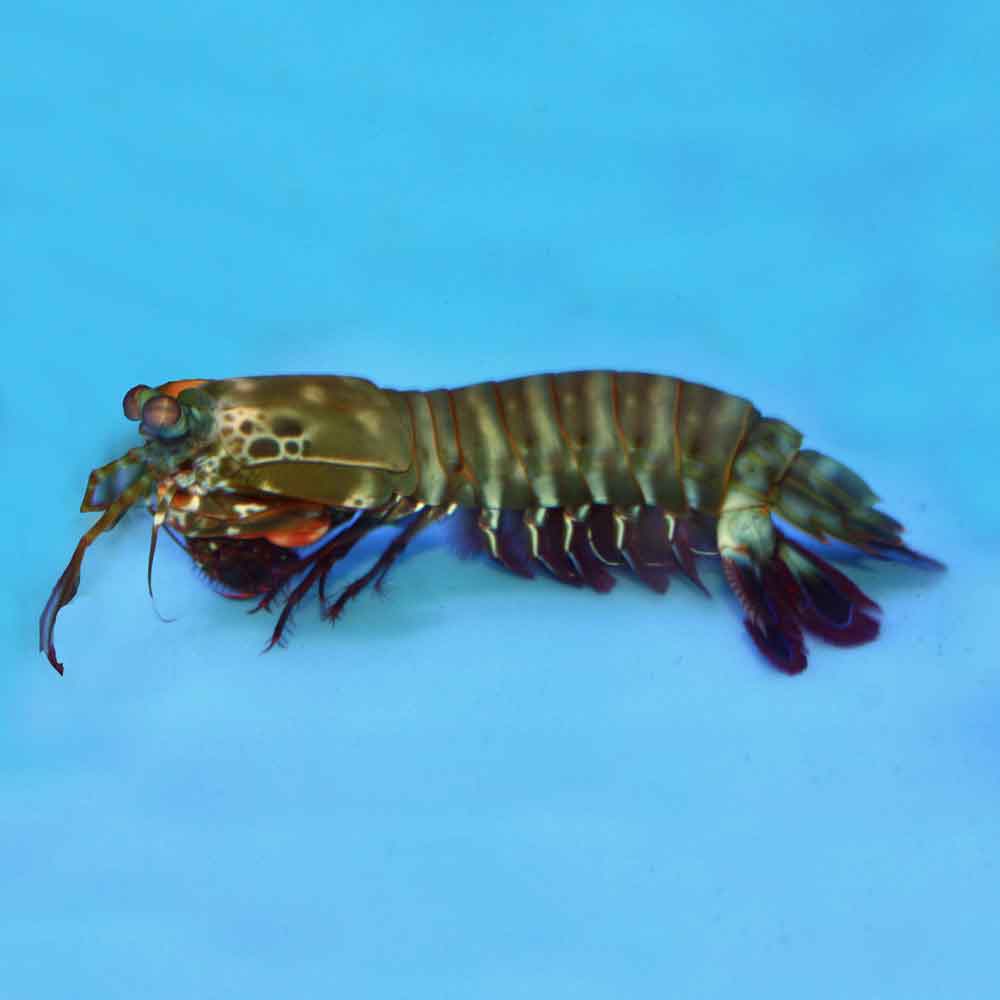Please welcome Cory Shank to That Fish Blog. Cory is an on-staff marine biologist here and our resident “Coral Guy.” Take a look below to read his thoughts on the future of wild coral. 
Corals reefs are enjoyed by millions of people each year, while on vacation or in the comforts of their own homes. Coral reefs are the most biodiverse ecosystems in the ocean and arguably in the world. It is well known that coral reefs are beginning to decline world-wide, from Australia to the Florida coastline. This is a major concern for industries economically involved, the aquarium trade, global tourism, and commercial food fisherman. The problem is, how do we stop this disturbing decline when we don’t know enough about the issues causing it?
The hype over global warming has many believing that the water temperature increases are causing the coral degradation. Water temperature plays a major role in maintaining the health of a coral reef ecosystem. In our aquariums, we use fans and chillers to keep our tanks at a desirable temperature, but reefs depend on natural currents and climatic conditions. In the past, the world climate has warmed much faster and more dramatically and the corals have lived on. The El Nino event of 1997-98 caused massive coral bleaching throughout the world’s coral reefs. Ten years later, many of these areas have recovered and are showing signs of expansion. So it is reasonable to believe that this cannot be the only reason behind the coral destruction.
So, what else can be going on? I was in Hawaii recently and spent most of my time in the water observing the wonderful fish, corals, and invertebrates. I noticed quite a bit of new coral growth and plenty of fish. However, there were areas that were not doing so well. Along the main highway, just off shore, were large coral colonies covered in filamentous algae and diatoms, not at all what the reefs looked like 5-10 miles offshore . There the corals were thriving, and no algae could be seen. Along the shoreline, there are drainage pipes coming from the roadways and further up the mountains. This is where all of the runoff ends up. With more development come more impervious surfaces, chemicals, soil, and debris that enter the oceans, increasing the amount of siltation that occurs from the breakdown of coastal buffer zones. The soil and debris enter the ocean, choking out the coral. This also adds nutrients to the water, leading to enhanced algae growth, which also chokes out the coral. Coastal development is occurring all over the tropics, and new resorts and hotels and homes are being built every year, increasing to the problem.
. There the corals were thriving, and no algae could be seen. Along the shoreline, there are drainage pipes coming from the roadways and further up the mountains. This is where all of the runoff ends up. With more development come more impervious surfaces, chemicals, soil, and debris that enter the oceans, increasing the amount of siltation that occurs from the breakdown of coastal buffer zones. The soil and debris enter the ocean, choking out the coral. This also adds nutrients to the water, leading to enhanced algae growth, which also chokes out the coral. Coastal development is occurring all over the tropics, and new resorts and hotels and homes are being built every year, increasing to the problem.
With the increasing amount of hotels and resorts near where the coral reefs are located, tourism poses a new wave of problematic issues. There are snorkelers and divers who may not respect the reefs and act irresponsibly, stepping on the corals, catching the fish, and polluting the waters. While in Hawaii and the Florida Keys on separate trips, I have witnessed people standing on corals with their snorkel fins not considering the damage they may be causing. The amount of trash floating around, stuck in between corals, or just buried in the sand is appalling and virtually unavoidable these days.
If Global Warming is occurring, causing the sea surface temperatures to rise, then everyone needs to step up and start protecting the reefs in any way that we can. At the current rate of degradation, a large percentage of coral reefs may disappear in the next 10 to 20 years. This will have devastating economic impact on the locals populations and to everyone else in the world that relies on income from those areas around the world. Skyrocketing prices on everything from ornamental aquarium specimens to the shrimp for your picnic or barbecue will be the likely result, as these things become harder to come by. It is going to take a worldwide effort to help save the coral reefs, and we are running out of time, so please do your part and help protect our most biodiverse ecosystem.
Thanks for the great article Cory. Please write in with your thoughts or observations on this important topic.
Until next blog,
Dave
 That Fish Blog – Aquarium Advice and Information
That Fish Blog – Aquarium Advice and Information





